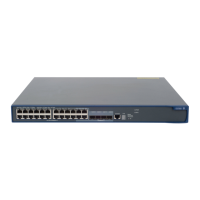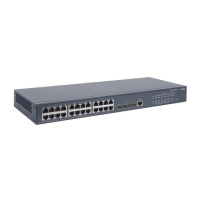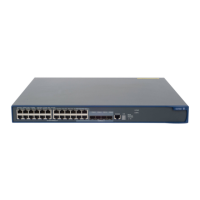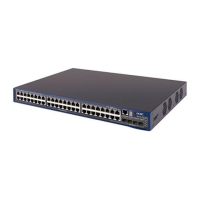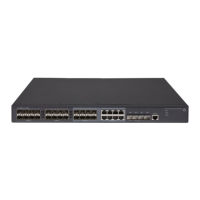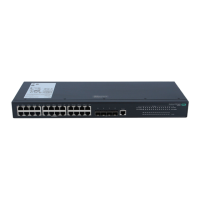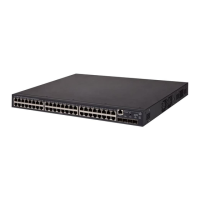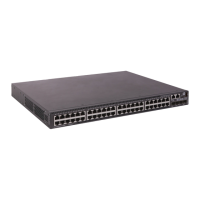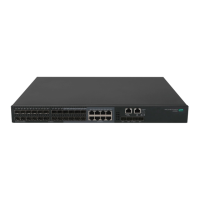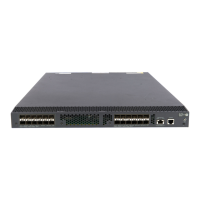337
You cannot change the generation mode of an existing IPsec policy; you can only delete the policy and
then re-create it with the new mode.
IPsec policies with the same name constitute an IPsec policy group. An IPsec policy is identified uniquely
by its name and sequence number. In an IPsec policy group, an IPsec policy with a smaller sequence
number has a higher priority.
The undo ipsec policy command without the seq-number argument deletes an IPsec policy group.
Related commands: ipsec policy (interface view) and display ipsec policy.
Examples
# Create an IPsec policy with the name policy1 and sequence number 100, and specify to set up SAs
through IKE negotiation.
<Sysname> system-view
[Sysname] ipsec policy policy1 100 isakmp
[Sysname-ipsec-policy-isakmp-policy1-100]
# Create an IPsec policy with the name policy1 and specify the manual mode for it.
<Sysname> system-view
[Sysname] ipsec policy policy1 101 manual
[Sysname-ipsec-policy-manual-policy1-101]
ipsec proposal
Syntax
ipsec proposal proposal-name
undo ipsec proposal proposal-name
View
System view
Default level
2: System level
Parameters
proposal-name: Name for the proposal, a case-insensitive string of 1 to 32 characters .
Description
Use the ipsec proposal command to create an IPsec proposal and enter its view.
Use the undo ipsec proposal command to delete an IPsec proposal.
By default, no IPsec proposal exists.
IPsec proposal created by using the ipsec proposal command takes the security protocol of ESP, the
encryption algorithm of AES-128, and the authentication algorithm of SHA1 by default.
Related commands: display ipsec proposal.
Examples
# Create an IPsec proposal named newprop1.
<Sysname> system-view
[Sysname] ipsec proposal newprop1
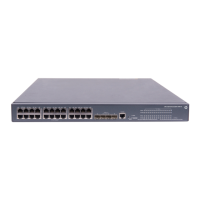
